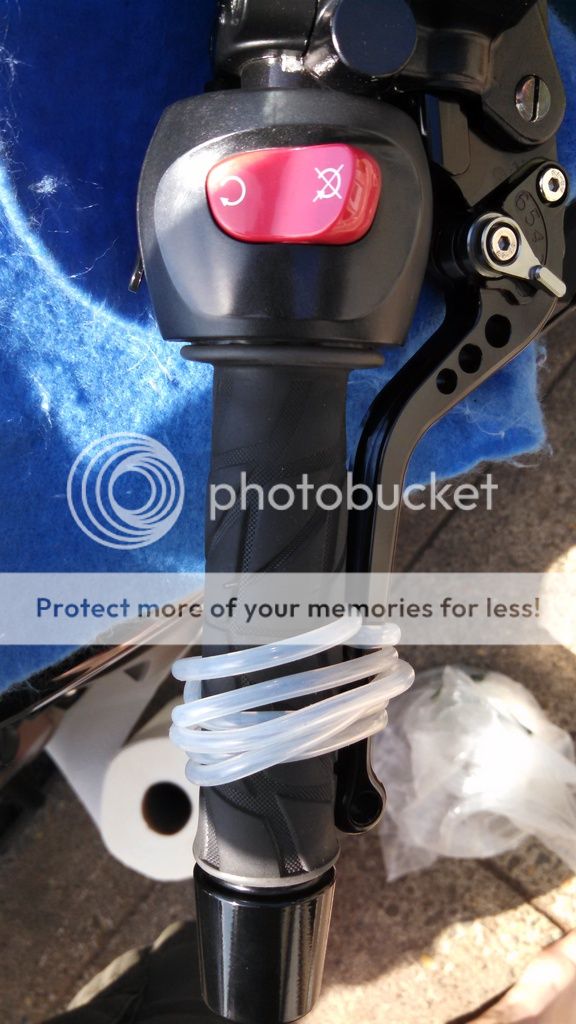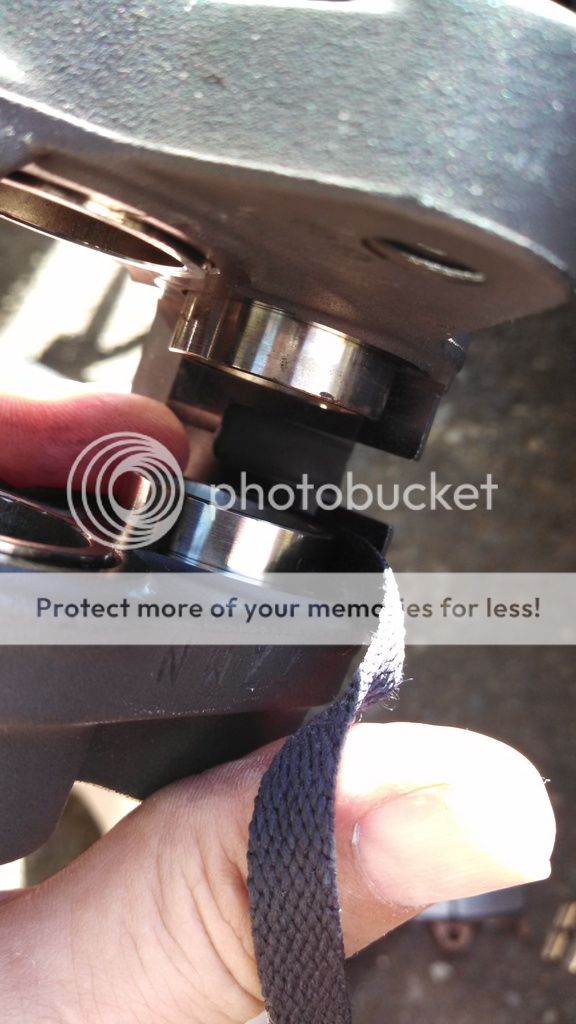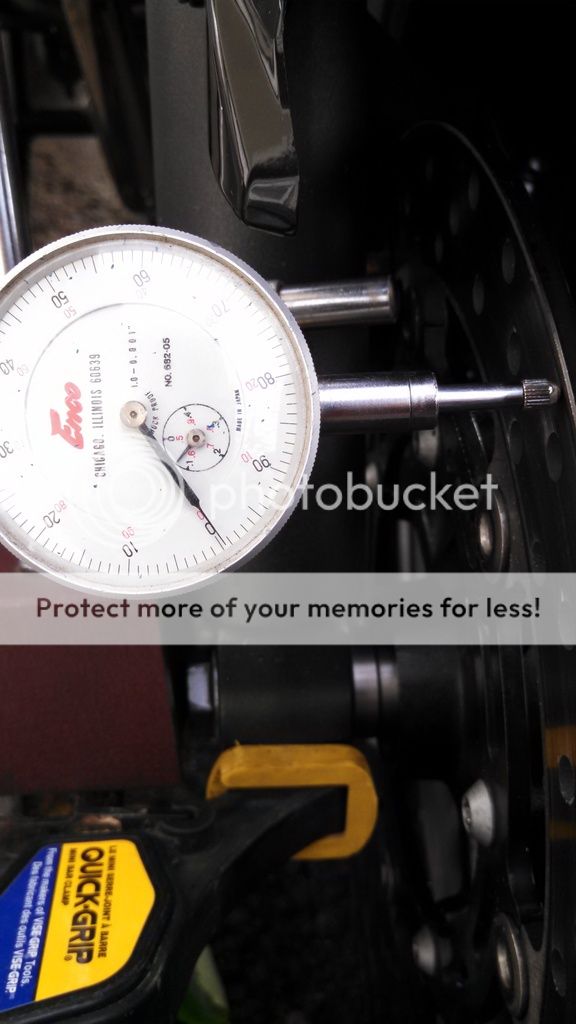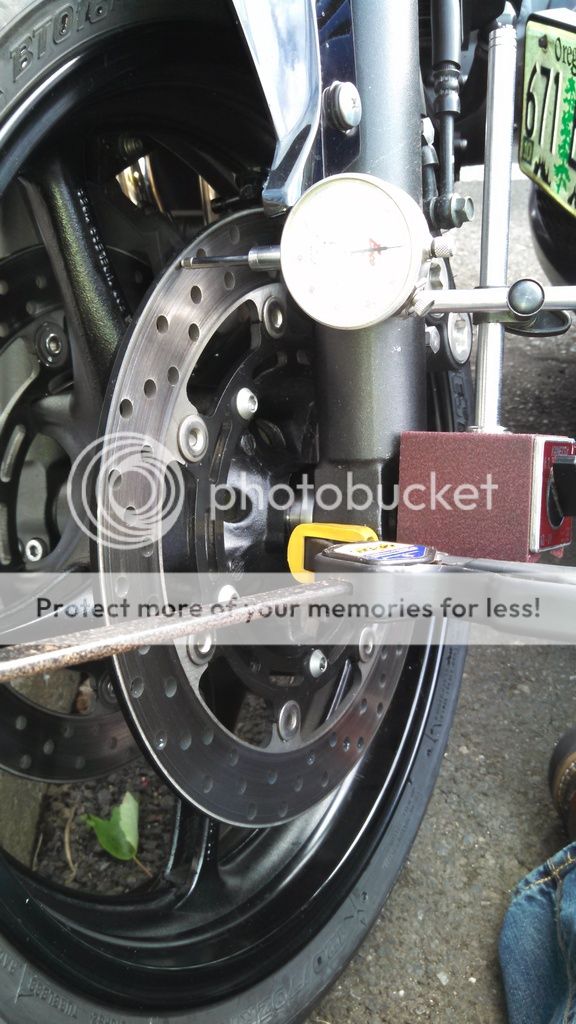Steinrawr
New Member
Hey fellow riders, I have a problem I can't figure out.
My front brakes wont pressurize. I've bled a lot of brakes during my time, and have never had problems with this before.
This is what I did:
- removed both calipers (they were working perfectly before)
- dismantled everyting, keeping track of where it goes
- cleaned them thoroughly, removed any dirt
- painted them gold
- refitted everything
- put them on the bike with new pads, and connected the hoses
I've run at least 1,5 litres of brake fluid through them, and spent hours getting them working, with no luck. When painting I got a little paint around the hole for the brake hose bolts, i carefully scraped it off with a knife. All copper-rings are new.
There's absolutely no pressure at all. Whatever I do, I can't get any resistance in the lever. nothing at all. When I pump hard and quickly for a long time it just spews out fluid from the "container".
All fluid coming out from the calipers looks good, and has no traces of air in them.
My front brakes wont pressurize. I've bled a lot of brakes during my time, and have never had problems with this before.
This is what I did:
- removed both calipers (they were working perfectly before)
- dismantled everyting, keeping track of where it goes
- cleaned them thoroughly, removed any dirt
- painted them gold
- refitted everything
- put them on the bike with new pads, and connected the hoses
I've run at least 1,5 litres of brake fluid through them, and spent hours getting them working, with no luck. When painting I got a little paint around the hole for the brake hose bolts, i carefully scraped it off with a knife. All copper-rings are new.
There's absolutely no pressure at all. Whatever I do, I can't get any resistance in the lever. nothing at all. When I pump hard and quickly for a long time it just spews out fluid from the "container".
All fluid coming out from the calipers looks good, and has no traces of air in them.








